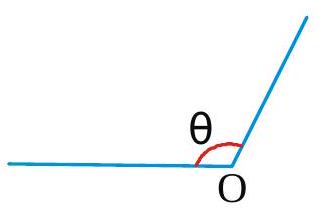269371 A dog weighing\(5 \mathrm{~kg}\) is standing on a flat boat so that it is 10 metres from the shore. It walks \(4 \mathrm{~m}\) on the boat towards the shore and then halts. The boat weighs \(20 \mathrm{~kg}\) and one can assume that there is no friction between it and water. The dog from the shore at the end of this time is
269371 A dog weighing\(5 \mathrm{~kg}\) is standing on a flat boat so that it is 10 metres from the shore. It walks \(4 \mathrm{~m}\) on the boat towards the shore and then halts. The boat weighs \(20 \mathrm{~kg}\) and one can assume that there is no friction between it and water. The dog from the shore at the end of this time is
269371 A dog weighing\(5 \mathrm{~kg}\) is standing on a flat boat so that it is 10 metres from the shore. It walks \(4 \mathrm{~m}\) on the boat towards the shore and then halts. The boat weighs \(20 \mathrm{~kg}\) and one can assume that there is no friction between it and water. The dog from the shore at the end of this time is
269371 A dog weighing\(5 \mathrm{~kg}\) is standing on a flat boat so that it is 10 metres from the shore. It walks \(4 \mathrm{~m}\) on the boat towards the shore and then halts. The boat weighs \(20 \mathrm{~kg}\) and one can assume that there is no friction between it and water. The dog from the shore at the end of this time is
